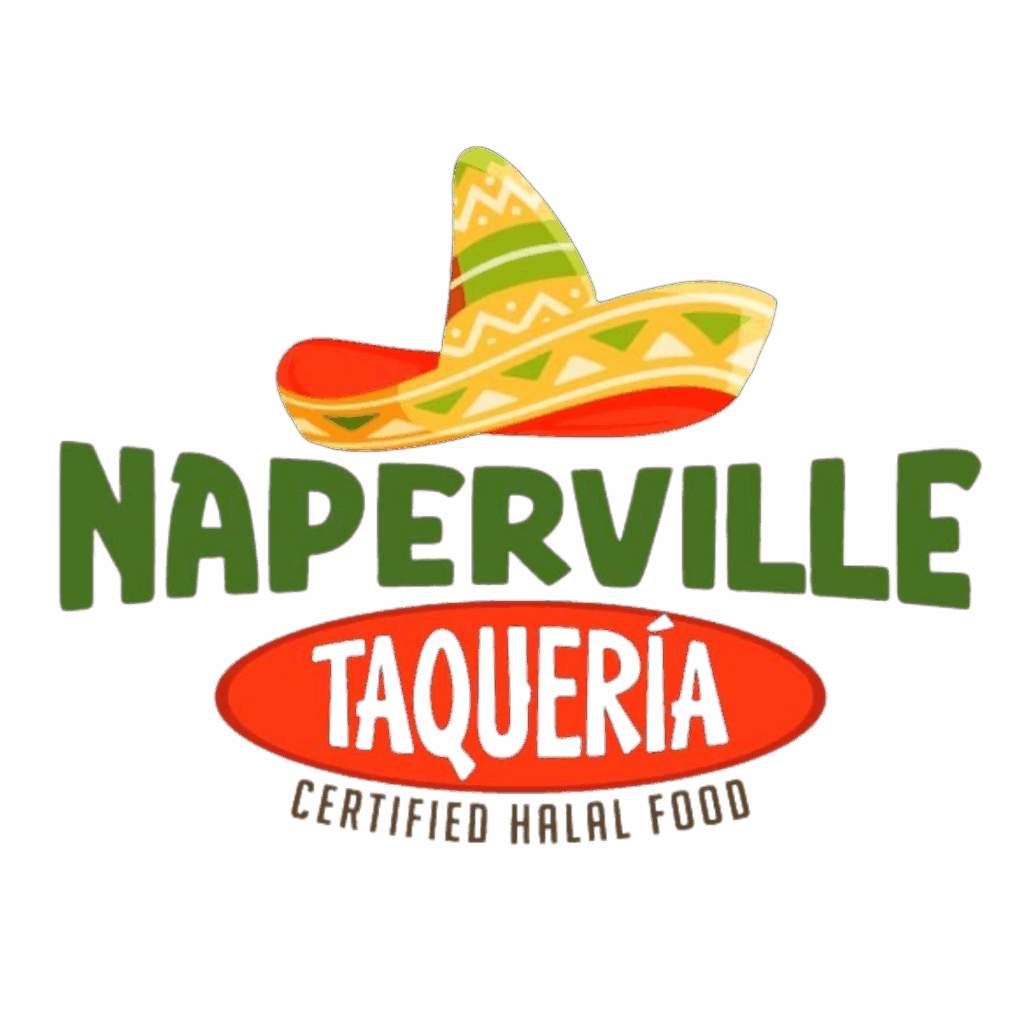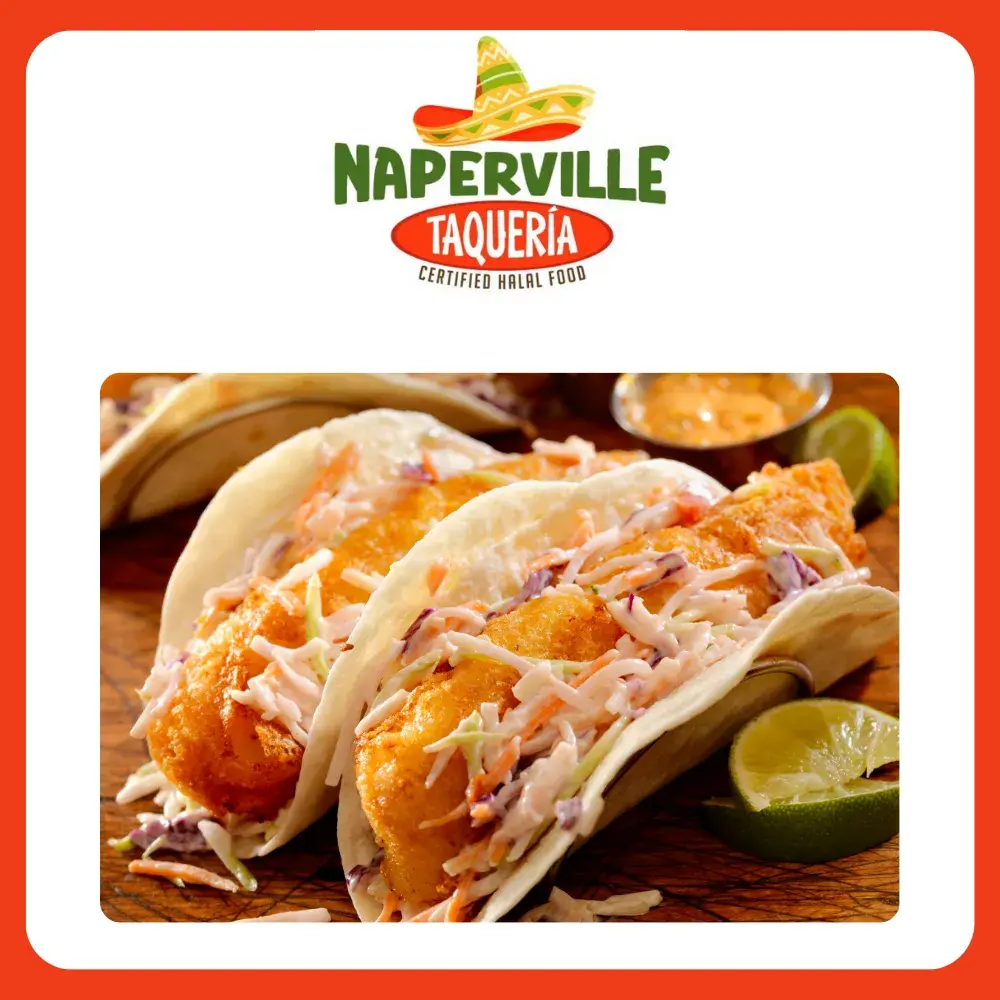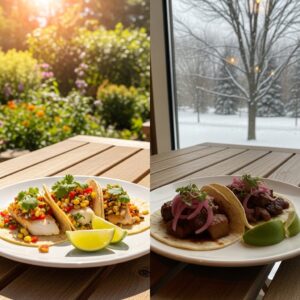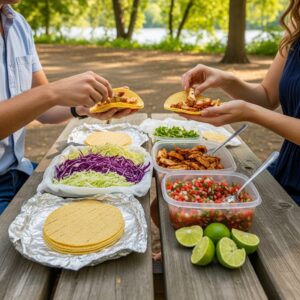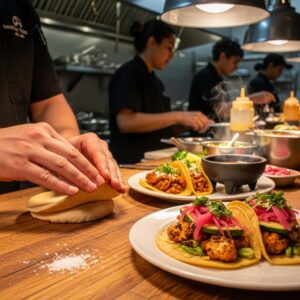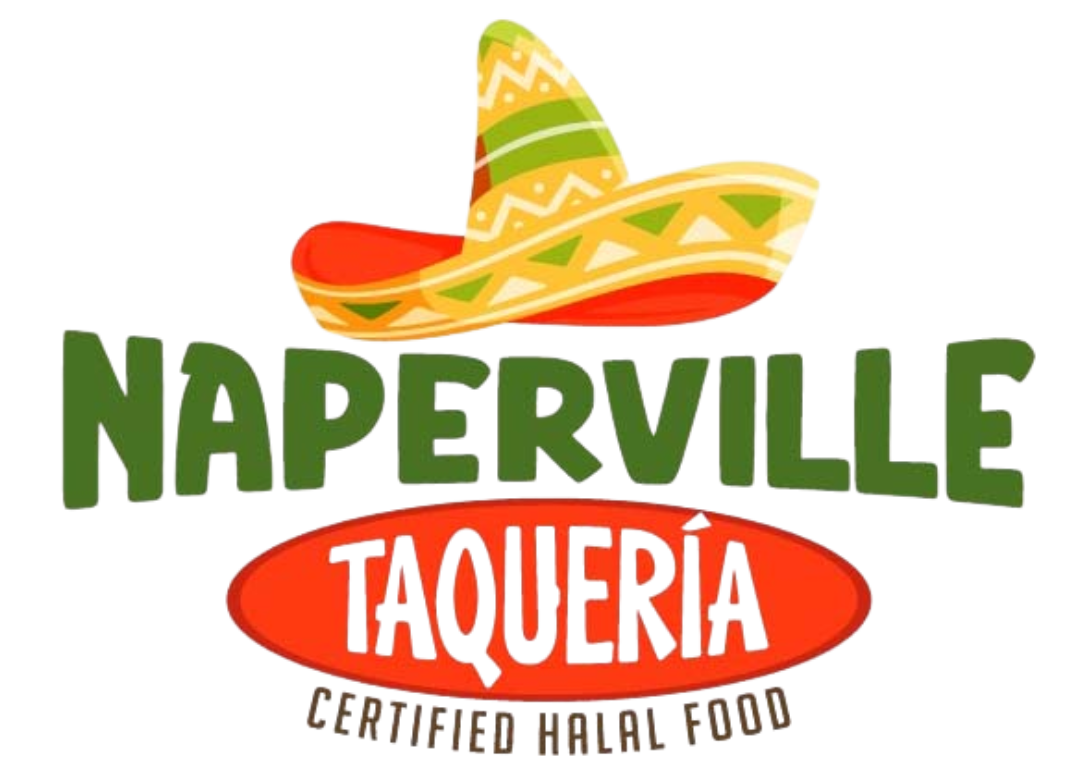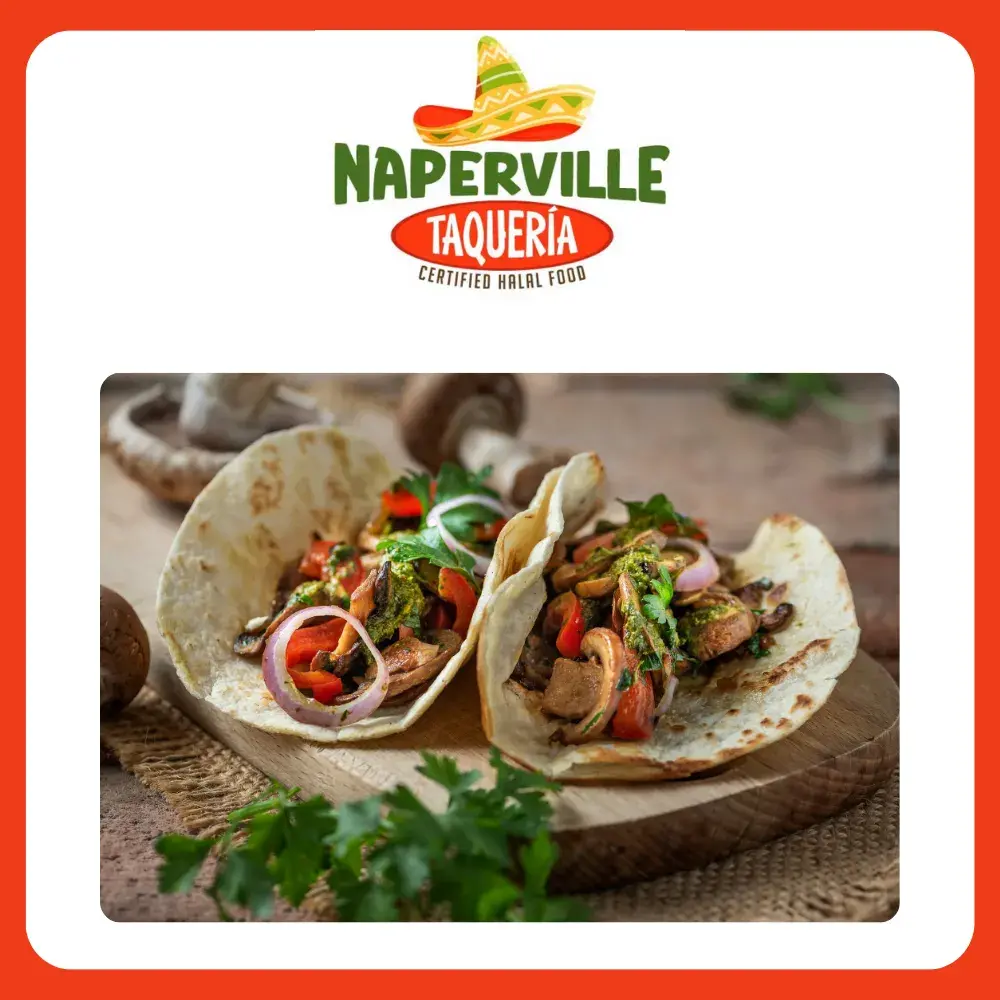The evolution of tacos has been a dynamic process, deeply influenced by the rich culinary traditions of Mexico’s diverse regions. Each area of the country has its own unique approach to cooking, shaped by local ingredients, indigenous cultures, and historical influences. This regional diversity has given rise to a wide range of taco styles, each telling its own story through distinct flavors and preparations. Exploring these regional traditions offers a glimpse into how tacos evolved into a versatile and beloved dish that continues to adapt and thrive.
The Vibrant Flavors of the Yucatán Peninsula
The cuisine of the Yucatán Peninsula is known for its use of bright, citrusy flavors and ingredients like achiote, a spice derived from the seeds of the annatto tree. These elements play a crucial role in dishes like tacos de cochinita pibil, which feature slow-cooked pork marinated in achiote and sour orange juice. The Yucatán’s approach to tacos highlights the region’s Mayan culinary heritage and tropical climate, where local spices and marinades add depth and complexity. The distinctive taste of these tacos sets them apart, emphasizing how regional influences have shaped the development of Mexico’s taco culture.
Northern Mexico’s Love for Beef and Flour Tortillas
In northern Mexico, where cattle ranching is a major industry, beef is often the star of the taco. The region’s preference for grilled meats, or carne asada, has influenced taco styles such as tacos de carne asada and tacos al carbón, which feature grilled beef seasoned simply with salt, lime, and spices. Additionally, the widespread cultivation of wheat has led to the use of flour tortillas rather than corn, creating a soft and flexible base for the hearty fillings. These regional preferences have contributed to the rise of distinctive northern-style tacos, celebrated for their robust flavors and rustic preparation methods.
Exploring the Coastal Influence in Baja California
The coastal regions of Baja California bring a different approach to taco-making, emphasizing fresh seafood and light, refreshing ingredients. Here, the iconic fish taco finds its roots, often featuring battered and fried fish, shredded cabbage, and a tangy white sauce, all served on a corn tortilla. The coastal climate and abundant marine life have shaped the region’s culinary traditions, leading to the creation of tacos that are as much about texture as they are about taste. This coastal influence showcases the versatility of tacos, adapting to local environments and ingredient availability while offering a distinctly different eating experience.
Central Mexico: The Heart of Taco Tradition
In central Mexico, where the country’s capital is located, a variety of taco styles reflect the area’s cultural melting pot. From the beloved tacos al pastor, inspired by Lebanese immigrants who brought their tradition of spit-roasting meat, to tacos de suadero, made from slow-cooked beef brisket, the region’s diverse culinary influences have shaped its taco offerings. Central Mexico’s status as a cultural and economic hub has attracted flavors from all over the country, making it a place where regional taco styles converge and evolve. This fusion of traditions has cemented the region’s role in shaping the modern identity of tacos.
Learn More
From Corn to Flour: The Transformation of Taco Tortillas Through Time
